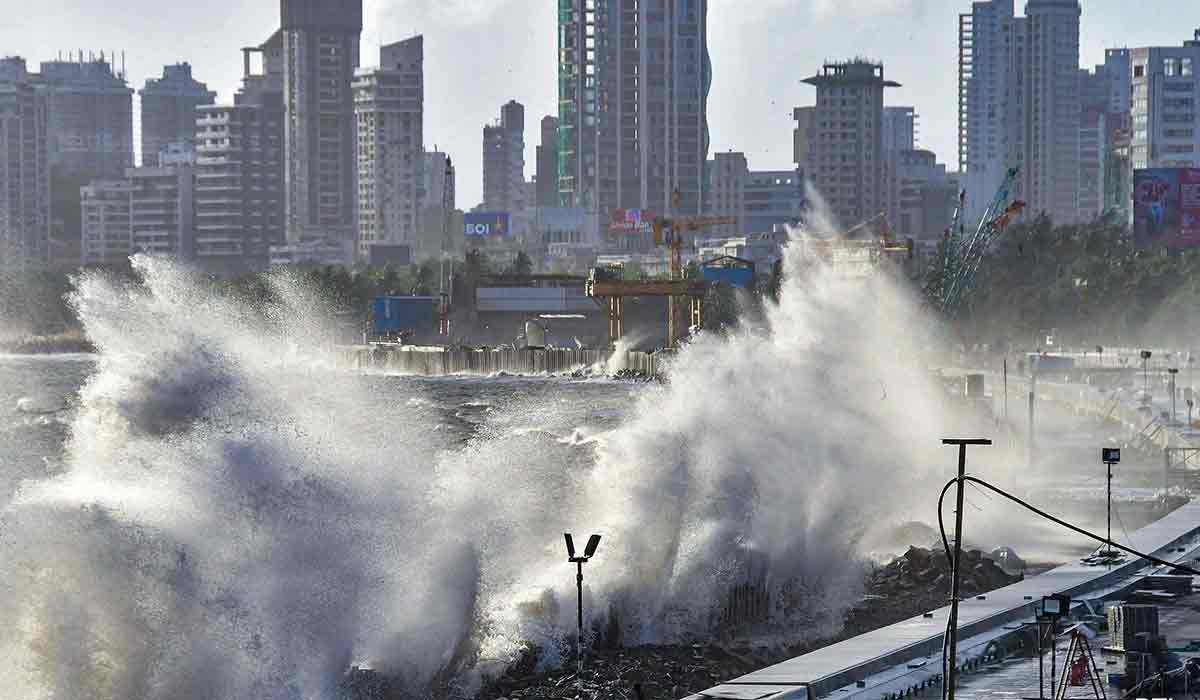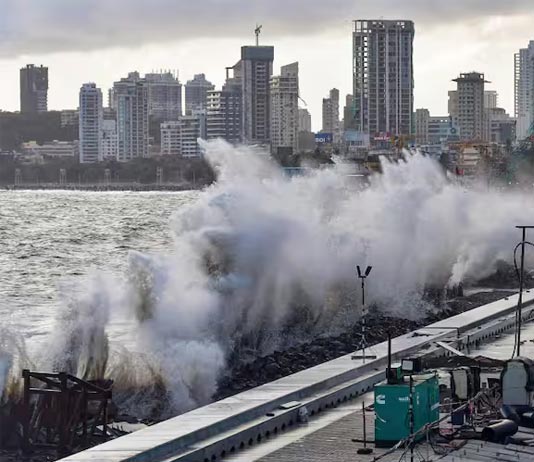Cyclone Biparjoy, a powerful weather phenomenon, has left its mark on the coastal region of Gujarat, India. With a history of severe cyclonic activity, Gujarat has experienced the devastating impact of storms in the past. Here, we delve into the history of cyclones in the region and explore the recent incidents associated with Cyclone Biparjoy.

Gujarat, situated on the western coast of India, is vulnerable to cyclones due to its geographical location and proximity to the Arabian Sea. Over the years, the state has witnessed cyclonic disturbances, some of which have caused significant damage to life and property. The Arabian Sea and the Bay of Bengal are common breeding grounds for cyclones, and Gujarat often faces the brunt of these weather systems.
One of the most devastating cyclones in Gujarat’s recent history was Cyclone Tauktae, which made landfall in May 2021. It resulted in widespread destruction, claiming lives and causing severe damage to infrastructure and agriculture. Cyclone Tauktae served as a stark reminder of the region’s vulnerability to such weather events and the need for preparedness and timely response.
In this context, Cyclone Biparjoy made headlines as it approached the Gujarat coast in recent weeks. While the cyclone did not make landfall, its presence triggered high winds, heavy rainfall, and rough sea conditions along the coastal areas. The authorities issued warnings and took necessary precautions to mitigate the potential impact of the cyclone.
As a precautionary measure, the Gujarat government evacuated residents from vulnerable coastal areas and activated emergency response teams. The state’s disaster management agencies were put on high alert, ensuring prompt response and coordination with various departments. The authorities closely monitored the situation and provided regular updates to the public, emphasizing the importance of preparedness and safety measures.
In the wake of Cyclone Biparjoy, there were reports of localized flooding, damage to houses, and disruption in transportation and communication networks. However, thanks to the proactive measures taken by the authorities, the impact was relatively controlled, and no major loss of life was reported. The incident highlighted the significance of disaster management strategies and the need for ongoing efforts to enhance resilience in the face of such natural disasters.
The state government, along with central agencies, conducted post-cyclone assessments to evaluate the extent of damage and initiate relief and rehabilitation measures for affected communities. Efforts were made to restore essential services, clear debris, and provide necessary support to those in need.

Cyclone Biparjoy serves as a reminder that cyclonic activity in coastal regions requires continuous preparedness, robust infrastructure, and effective disaster management strategies. It underscores the importance of investment in early warning systems, evacuation plans, and community awareness programs to minimize the impact of such events.
As Gujarat continues to face the threat of cyclones, it is essential for the government, communities, and individuals to remain vigilant and well-prepared. Adequate infrastructure, public awareness campaigns, and swift response mechanisms are crucial to protecting lives and minimizing the impact on livelihoods and infrastructure.






















